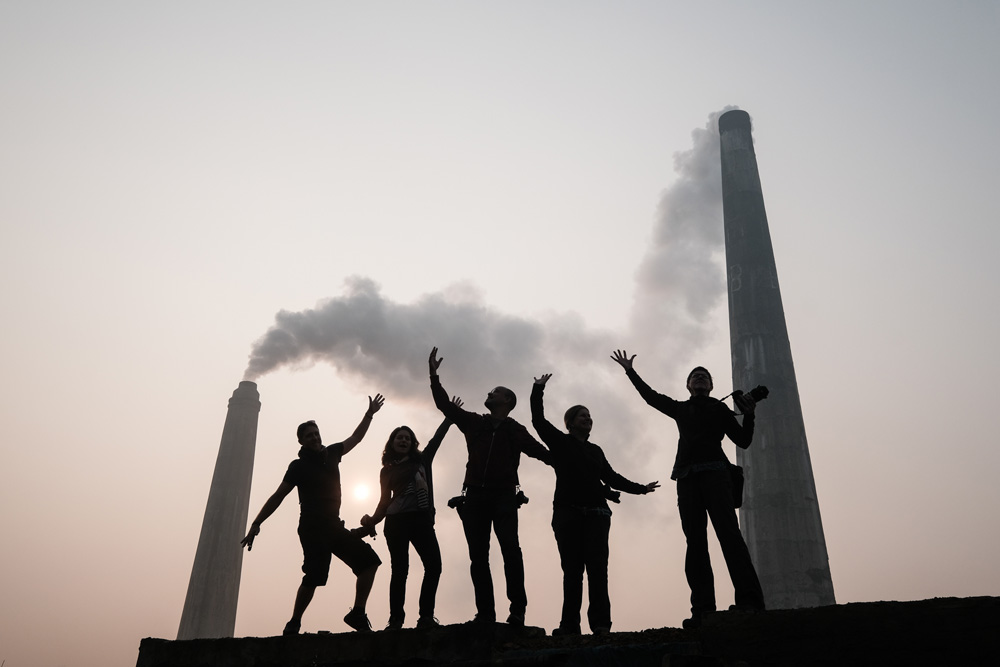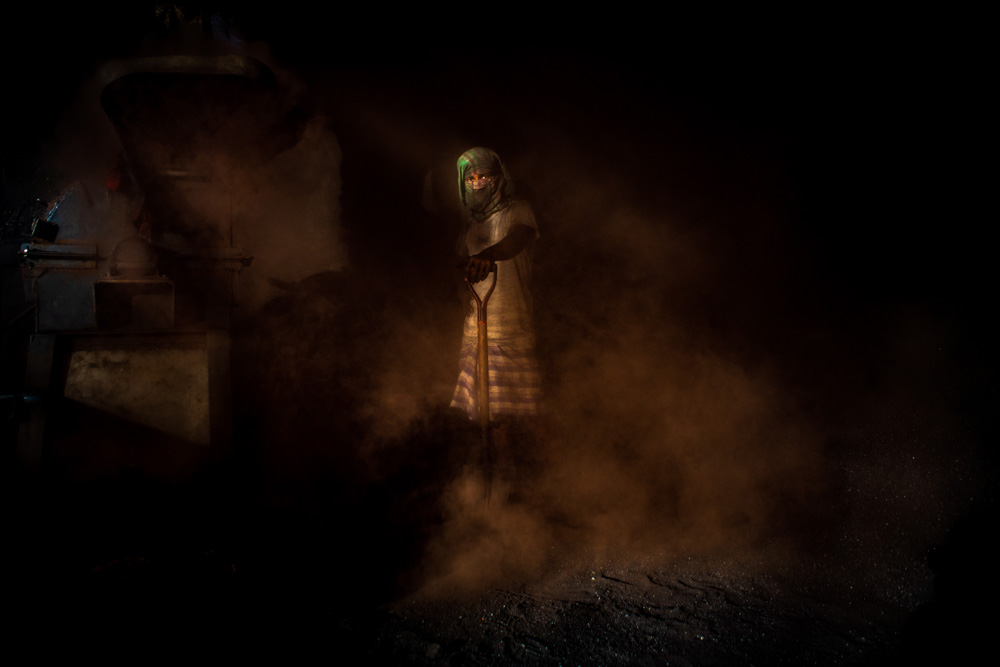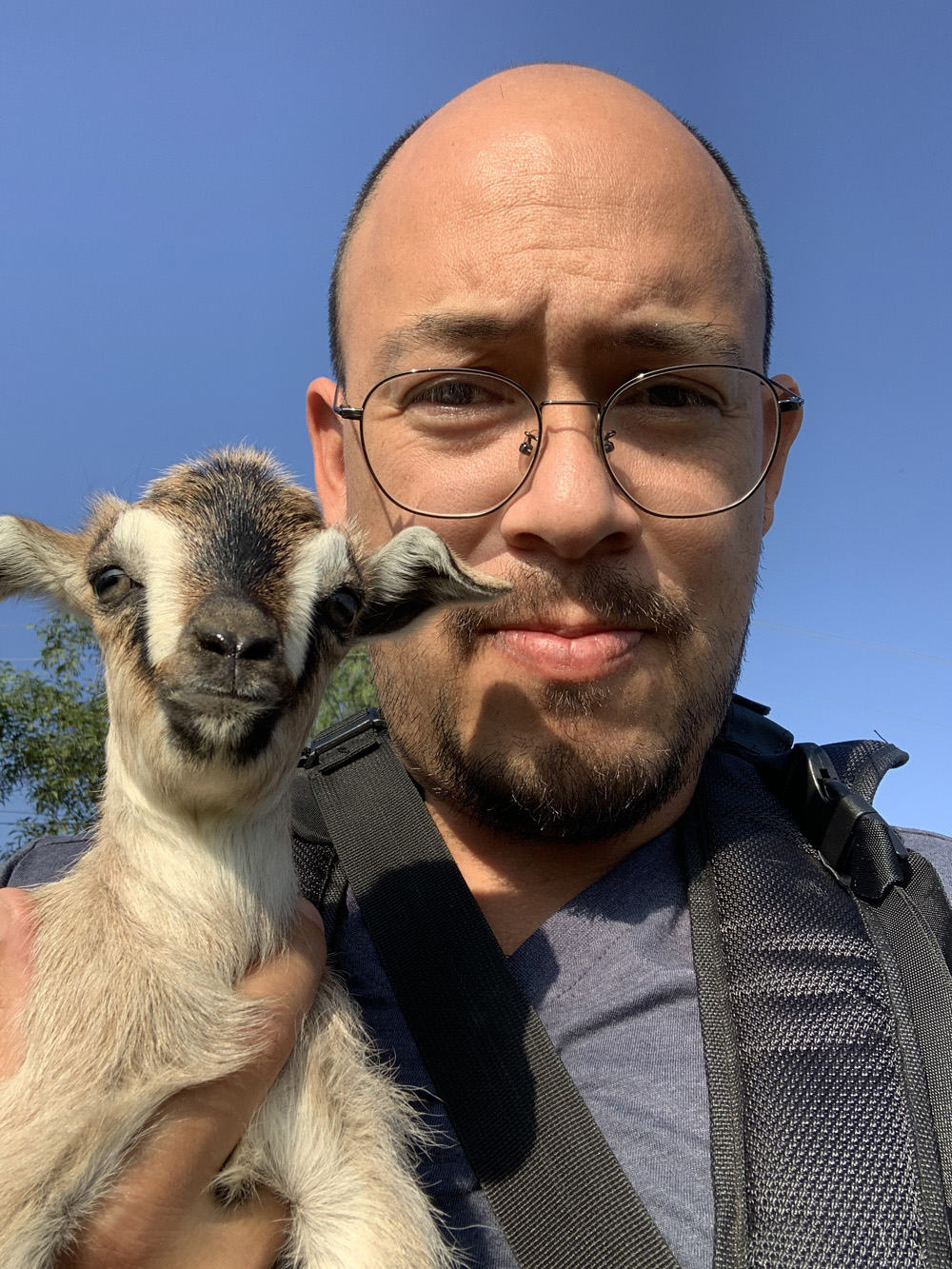I arose from my deep slumber to the gentle sounds of the Muezzin’s call to prayer, an alarm clock since the days of The Prophet Mohammed. After a quick chai (aka: Rocket Fuel), we arrived at Gabtoli, a small local port where dozens of barges, filled to the brim with jet-black chunks of coal, were docked. An army of men and women streamed in an endless conga line, before us. Traversing narrow planks of wood, bowing at their weight, they skillfully balanced full baskets of crumbling coal on their heads, off-loading their contents onto towering piles along the shore.
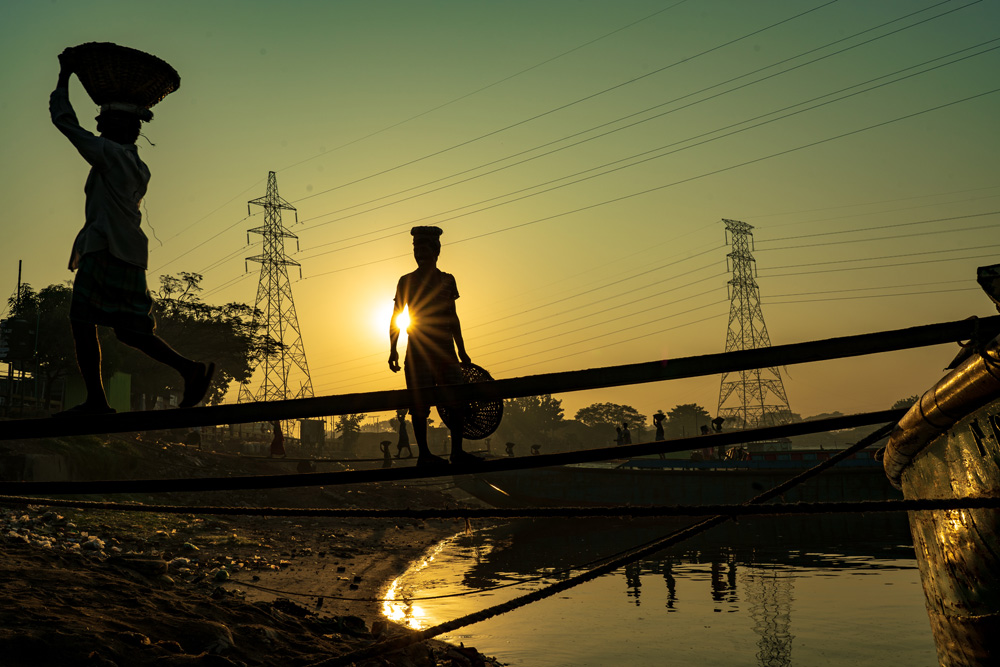
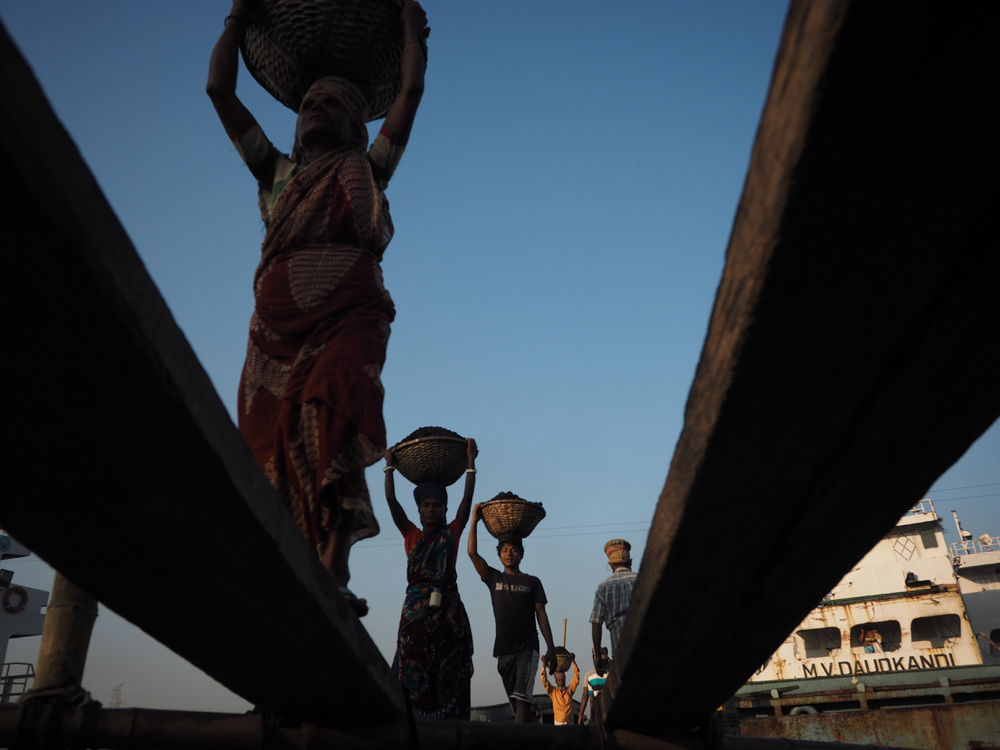
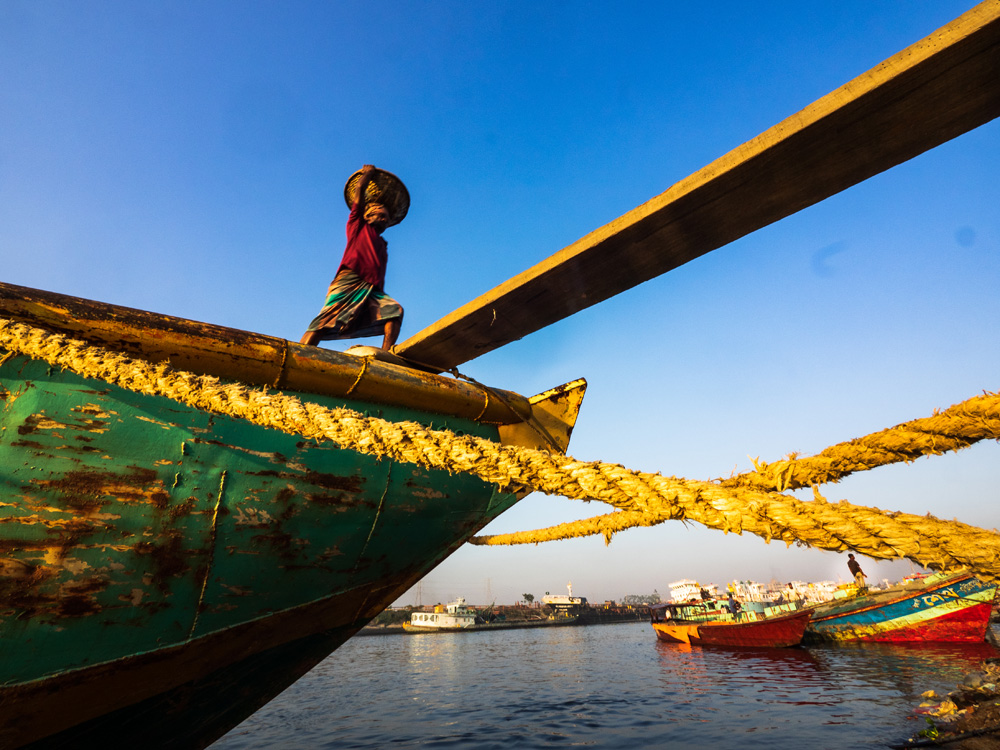
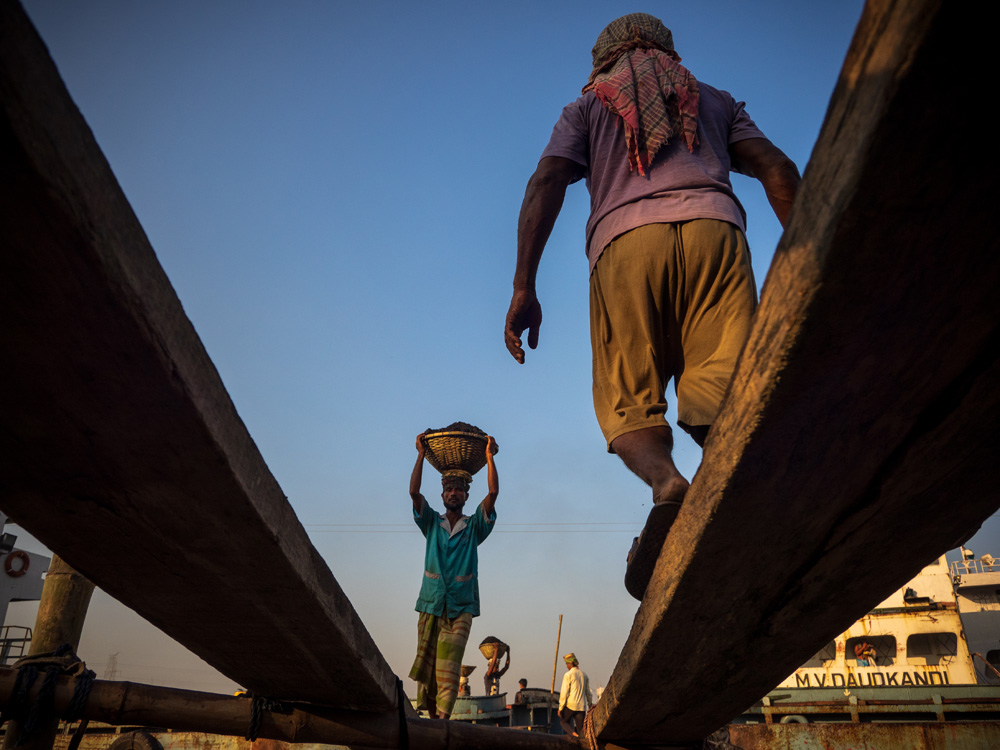

For their troubles, each worker would receive a small plastic token per basket emptied, which they would exchange for money at the end of the day. Back and forth, back and forth, again, and again, and again. The work was endless, dirty and tedious. But once again- smiles greeted me as I tried to move around the endless stream of “ants” to find the best angles.
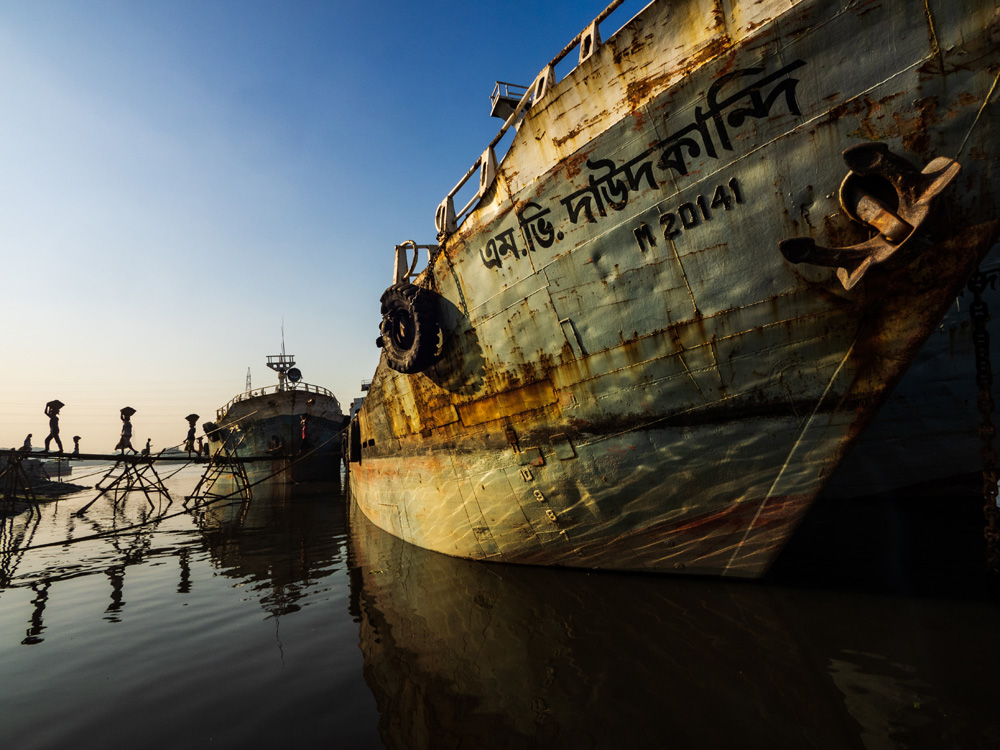
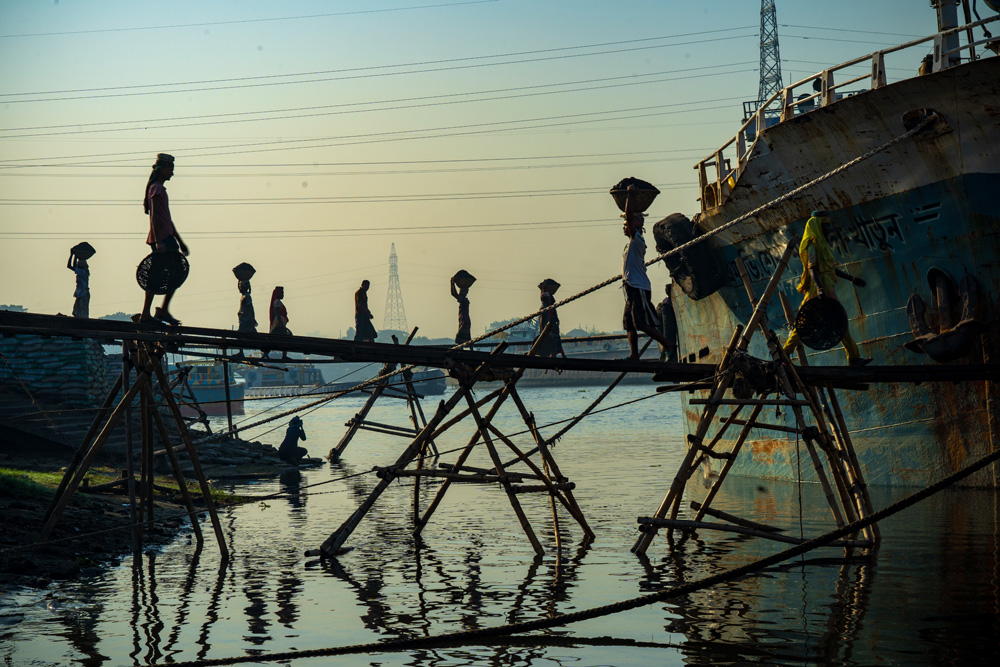
The harsh late-morning sun was now upon us. I was still buzzing from the chai (or was it from the photos?), and I was anxious to unbuckle my arsenal of heavy camera gear. Weak “Bideshi”!(foreigner). A lunch of street-food chicken biriyani (the first of 100 eaten) was welcomed as we sought refuge from the noon day heat. We excitedly recapped the morning’s events and Etienne reminded us of some photography fundamentals. We then headed to Kamlapur Railway station to continue our search for “the perfect shot” and to relish in the shade of the railway platforms.

Frozen in time, old rusty colonial trains came and went carrying all type of commuters with the associated hustle and bustle of a busy Third-World commuter hub. The metal on metal squeal as the lumbering trains screeched to a halt just added to the movie-like mystique. As a photographer that loves to play with the “frame-in-frame” perspectives, the subjects that were naturally framed in the windows of the trains made for some amazing portraits.

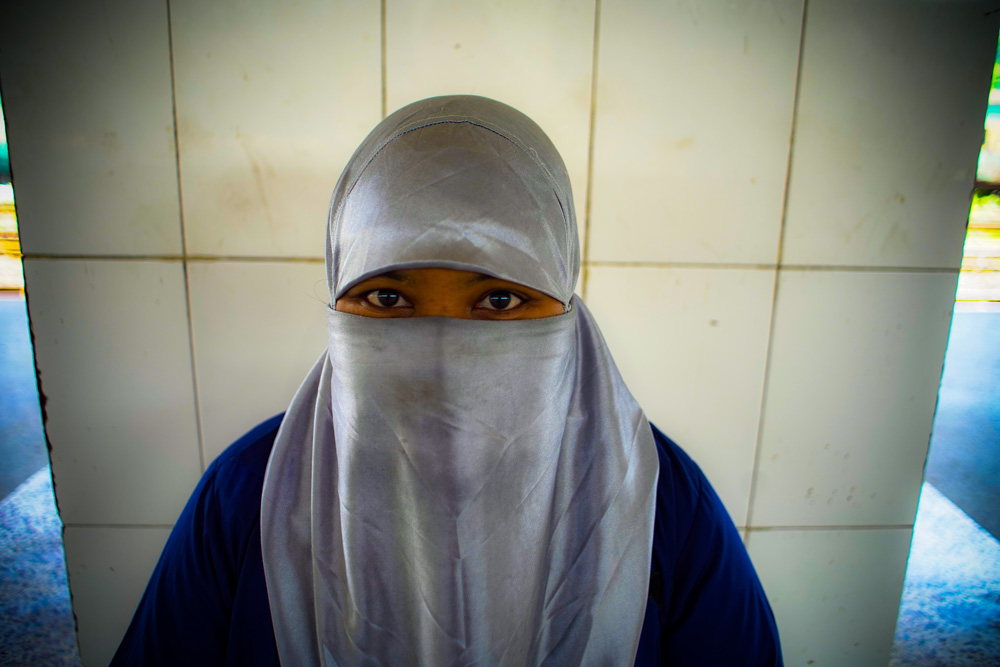
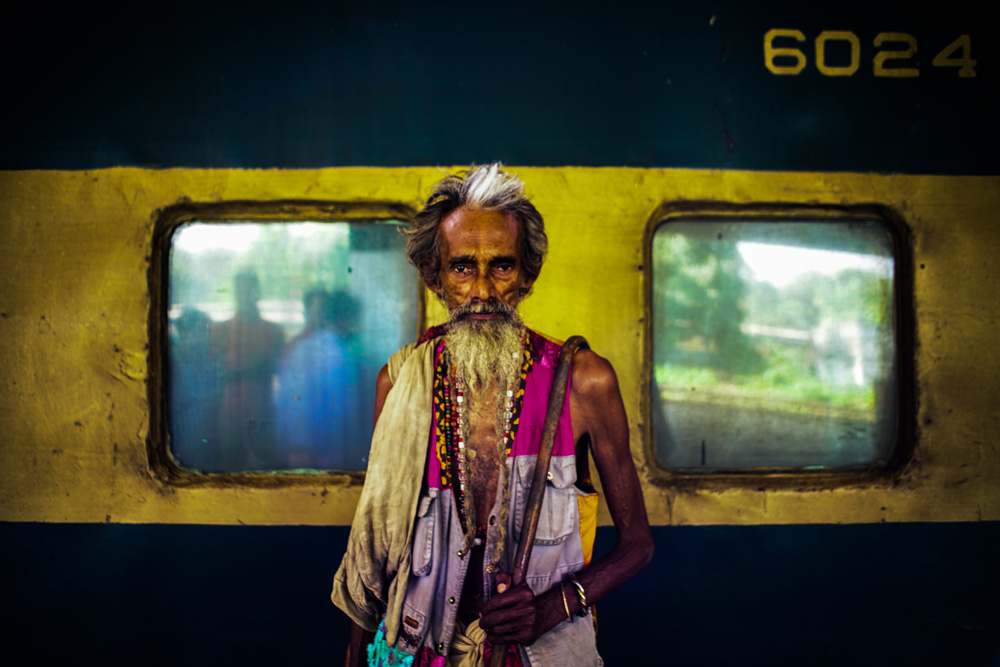
Chicken Biriyani for dinner….

